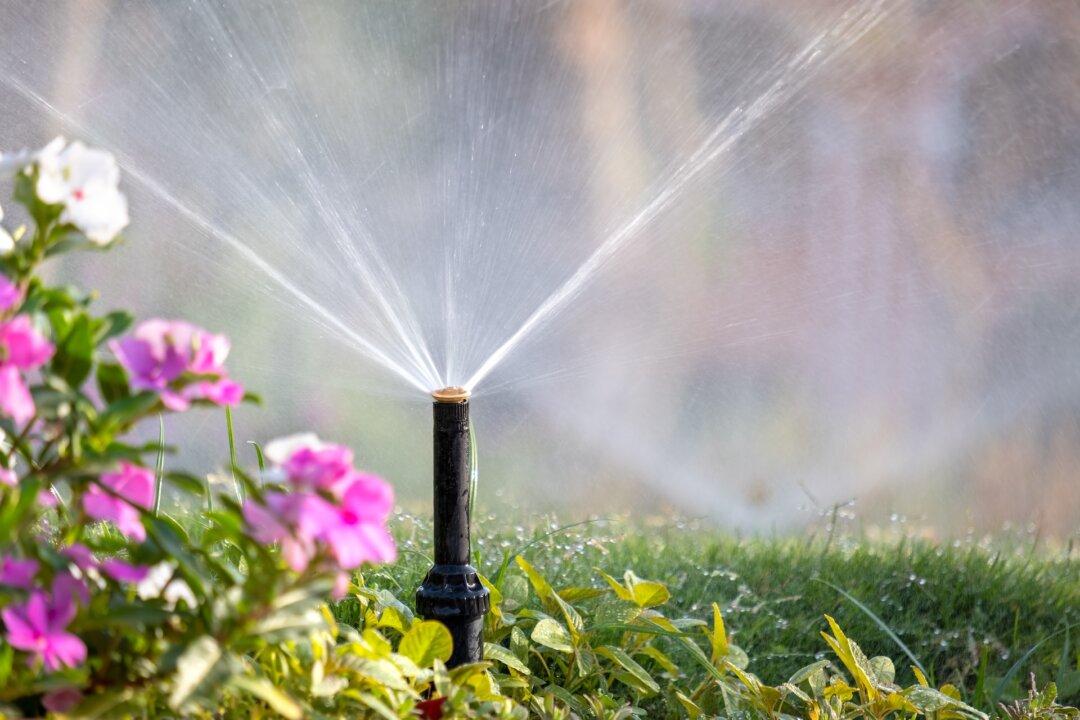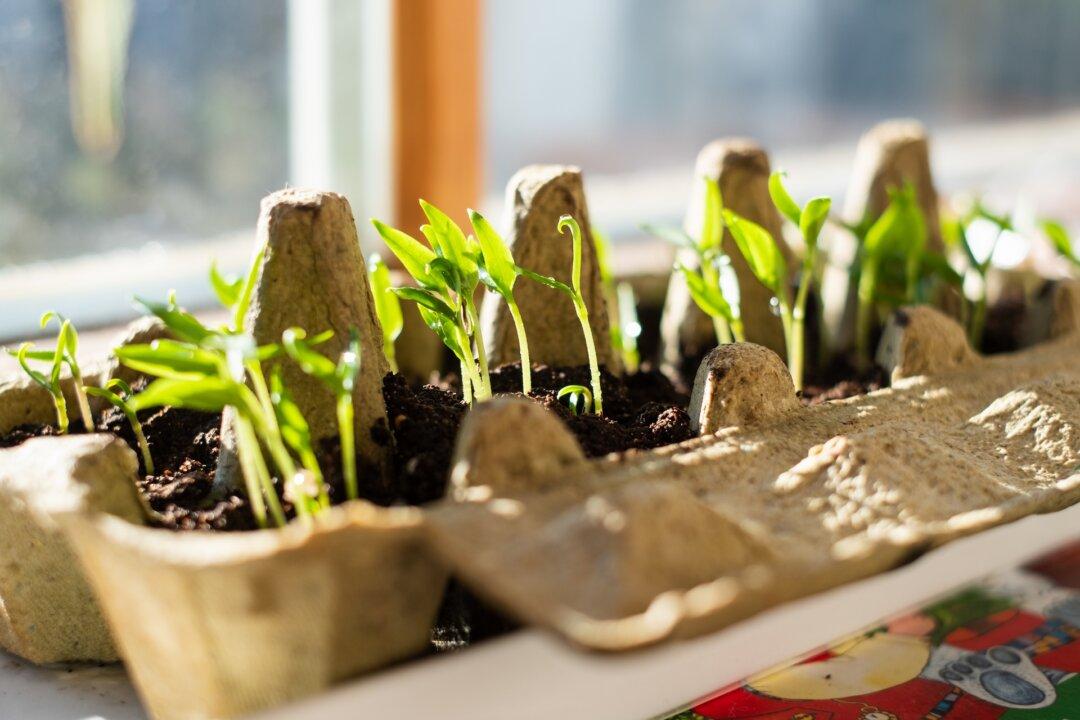Understanding Cuttings
There are three main types of cuttings. Softwood is the most common method in the vegetable garden, taking non-woody cuttings from new growth. A high percentage of these cuttings root, often quickly. Some examples are mint, basil, tomatoes, and vining plants such as beans and cucumbers.Semi-hardwood cuttings—the soft, new growth from semi-hardwood plants such as rosemary, lavender, sage, and thyme—are taken later in the season (July to fall) after the first flush of new growth when the branch is a semi-woody mix of new and old growth.
Hardwood cuttings are taken at the end of the season after the first frost, when the plant has gone dormant, from the current or prior season’s new growth. Plants propagated at this stage include figs and grapes.

Snip and Plant
While the methods of cuttings differ slightly, all cuttings are taken about a quarter-inch beneath a node, at the bump where the leaves connect.The next time you trim back a tomato plant for better airflow or enhanced veggie production, take the cutting below a node if possible. Do the same for a cucumber that is overrunning the garden (this also allows it to focus more on flower and fruit production). With a few easy steps, they can both become additional plants to fill in bare spaces, act as the basis of a succession planting, or be shared with fellow gardeners. Overripe fruits and vegetables that have gone past their eating stage traditionally provide the best seeds, as they have become fully matured.
For softwood and semi-hardwood cuttings, take a three- to four-inch section of healthy new softwood or semi-hardwood growth. Remove the lower leaves and any flower buds (which will take energy away from the rooting process), and dip the cutting in rooting hormone. Poke a hole in a pot or a seedling tray filled with potting or seed starting mix with a pencil, insert the cutting, press the soil around it gently, and water lightly. You’ll want to keep the cuttings lightly moist but not overly wet until new growth appears.
For hardwood cuttings, which can range from four to 12 inches, cut beneath a node on the bottom and snip off the newest growth from the tip with an angled cut to help prevent it from rotting.
Some gardeners opt to put potted semi-hardwood or hardwood cuttings in a closed bag, which they open every few days to let fresh air in, or cover them with plastic to create an environment that keeps the soil moist but not overly wet; this is particularly important for varietals that can take weeks or months to root. Heat mats may also be used to keep the cutting at an optimal 65 to 75 degrees F until new growth appears. All cuttings should be placed in a well-lit area but out of direct sunlight.

A Jar of Water
Most softwood cuttings will also root well in water when taken from active new growth, and you’ll see the new roots appear in real time. In fact, it might be fun to try both methods—water and soil—to discover what works best for each plant.Take a three- to four-inch cutting (or slightly longer as they’ll be well-hydrated), below the node. Remove the bottom leaves, making sure the cutting has several healthy leaves, but none beneath the surface of the water, where they can rot. Set it in a warm, bright spot but out of direct sun, which can “boil” the water. For faster sprouting, dip the cuttings in rooting hormone before putting them in water. Refresh the water as needed.

Seed Savers
Some gardeners only save seeds from heirloom plants, as they know they will grow true. But hybrids can be fun too, as long as one keeps in mind that the resulting plants may not look like the original, which may be disappointing. But you won’t know unless you try. Dry seeds from grains, lettuce, beans, etc., are straightforward: Simply harvest them when they are hard and dry.For “wet” seeds, allow the fruit to ripen fully, leaving an eggplant, cucumber, or summer squash on the plant until it becomes overripe. Then extract the seeds from the fruit’s pulp. If they are going to be used the following season, you may be able to get away with simply drying them on a paper towel. The most tried and true route, however, is to place the seeds in a jar of water and allow them to ferment (which removes any germination-inhibiting substances on the seed coat), with the bonus that bad seeds will float to the top. Stir the water occasionally to prevent mold. Once a frothy white substance (yeast) completely covers the surface, pour it off, place the remaining seeds in a strainer, rinse thoroughly, and allow to dry. Properly stored, they’ve been known to last up to a decade.






